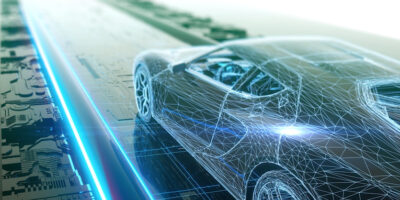Protocol trigger and decode software accelerates CAN bus development
Engineers can verify and debug CAN XL and other automotive protocols using the D9010AUTP oscilloscope-based automotive protocol trigger / decode option by Keysight Technologies.
D9010AUTP covers CAN XL (controller area network extra long) to verify and debug low-speed automotive serial bus protocols and simplify the development and troubleshooting of systems including CAN / CAN FD (flexible data rate) and CAN XL.
CAN XL is the third-generation CAN standard in development by the CAN in Automation (CiA) group which increases payload data and bit rate of the established CAN FD protocol. The CAN XL data phase speed is specified to reach 10Mbits per second or more, depending on the transceiver capabilities and physical layer components. CAN XL has two modes of operation – fast mode and SIC (slow) mode.
Keysight’s automotive decoder software triggers and decodes the SIC mode signal in the arbitration phase, as well as the fast mode signal in the data phase. It also handles the CAN XL protocols implemented with the CAN HS / FD / SIC transceivers.
In-vehicle networking is pivotal for transmitting data quickly and reliably from sensors to AI decision making units, as well as between safety relevant electronic control units and electronic systems, explains Thomas Goetzl, vice president and general manager for Keysight’s automotive and energy solutions business unit.
Keysight’s D9010AUTP software is compatible with Keysight’s Infiniium oscilloscopes using software version 11.30 or higher for MXR / EXR / UXR models and version 6.72 or higher for other Infiniium scope models. The combination allows users to set up the oscilloscope to show CAN, LIN, CAN-FD, CAN XL, FlexRay and SENT protocol decode in less than 30 seconds and gain access to integrated protocol-level triggers. The offering also saves time and eliminates errors by viewing packets at the protocol level, advises Keysight while the use of time-correlated views can quickly troubleshoot serial protocol problems back to the timing or signal integrity root cause.




